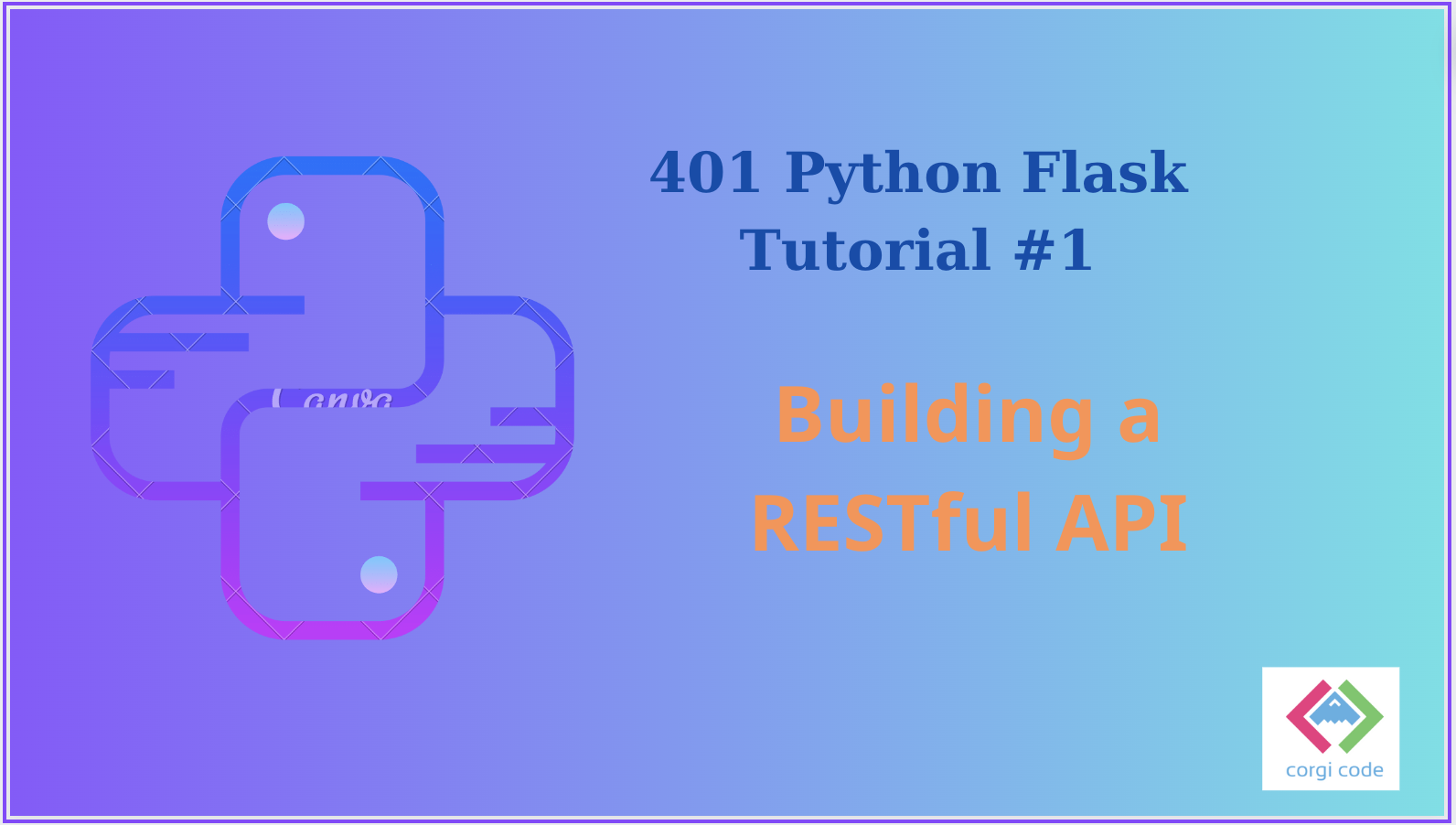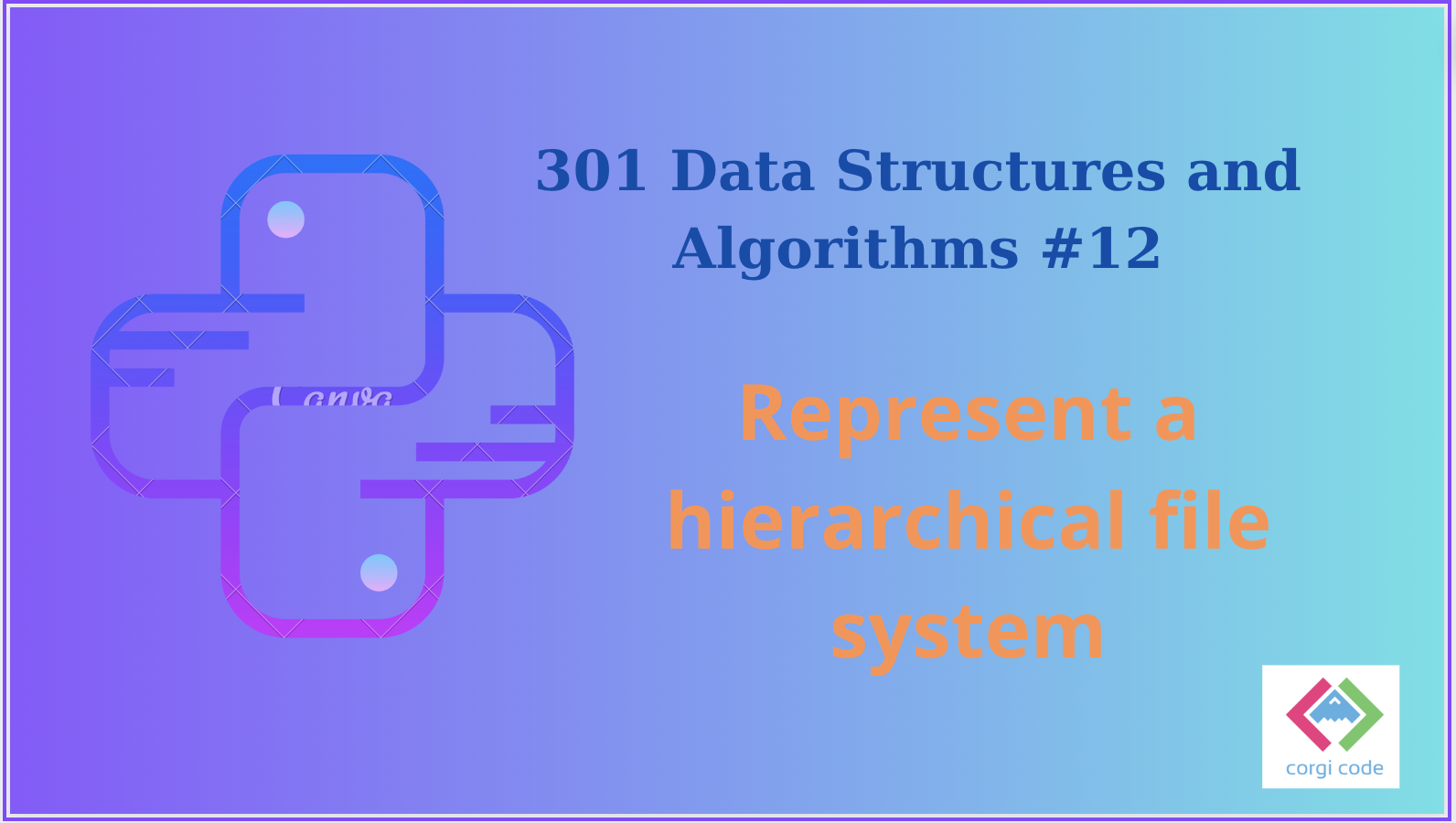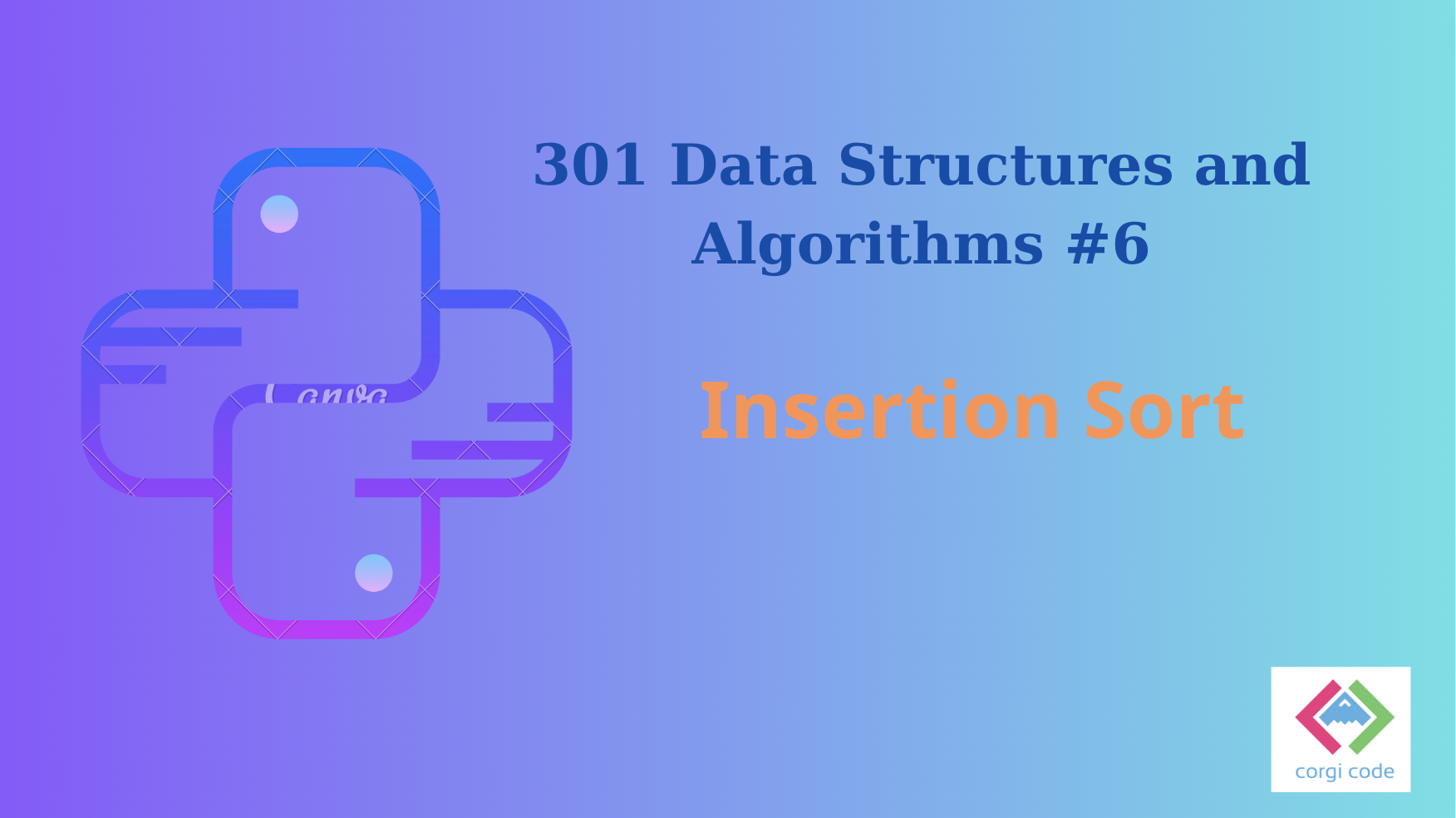Concepts Creating Routes: Import Flask: Create a Flask Application Instance: Define a Route: The @app.route() decorator associates the URL (/path/to/your/resource) with the your_view_function function. The function can return any data you want to display in the user’s browser (usually a string or a rendered template). Dynamic Routes: You can use placeholders in your routes to capture dynamic parts of the URL: In this example, <username> is a placeholder that captures any value provided in the URL segment after “/users/”. The captured value is accessible as a variable username within the…
Blog
Python Flask Tutorial: Building a RESTful API with Python Flask
Virtual environments In Python, virtual environments are isolated environments that allow you to manage project-specific dependencies. This means you can install different versions of libraries for different projects without them conflicting with each other or your system-wide Python installation. Create an environment Create a project folder and a .venv folder within: Activate the environment Before you work on your project, activate the corresponding environment: There are two main tools for creating virtual environments in Python: Install Flask Within the activated environment, use the following command to install Flask: Flask is a popular…
Data Structures in Action: Using Binary Search Trees for Hierarchical File Systems
Problem We want to represent a hierarchical file system structure using a data structure. Folders can contain other folders and files. We need efficient access and organization for navigating through this hierarchy. Data Structure Implementation Class node Class File System Example usage Explanation This example demonstrates how a BST can be used to organize and efficiently search for files and folders within a hierarchical file system structure. You could extend this concept to include additional information within the nodes (e.g., file size, creation date) and implement functionalities like deleting files/folders…
Data Structures in Action: Using stack for undo/redo functionality in a text editor
Problem We want to implement undo/redo functionality in a text editor. When a user makes changes to the document, those edits should be stored for potential undo actions. Additionally, after undoing an edit, the user should be able to redo it. Data Structures Implementation Stack Class TechEditor Example usage You can similarly implement a redo function using a queue (optional) Explanation This example showcases how a stack can be used to maintain a history of edits, enabling users to undo their actions in a text editor. You could extend this…
Data Structures in Action: Using LinkedList for Efficient Order Tracking
Problem You’re building a simple task management application. Tasks have descriptions and priorities (high, medium, low). You need to efficiently add, remove, and display tasks while maintaining their order based on priority (high priority at the beginning). Data Structure Implementation Build Node Add Task Adds a new task with the given description and priority to the linked list. Args:description: Description of the task (string)priority: Priority level (string: “high”, “medium”, “low”) Remove task Removes the first task with the matching description from the linked list. Args:description: Description of the task to…
Data Structures in Action: Using Tuple for analyzing movie ratings
Problem You have a dataset containing movie titles, release years, and user ratings (1-5 stars). You want to analyze the data to calculate average ratings per movie and identify movies with consistently high or low ratings. Data Structure: Algorithm: Implementation Movies data (a list of tuples) Analyze movie ratting Analyze and print the result The result Benefits of using Tuples:
Data Structures in Action: Using Dictionary for managing a grocery store’s inventory
Problem You are tasked with managing a grocery store’s inventory. The store keeps track of various items with their names, prices, and stock quantities. You need to develop a Python program that efficiently handles this data and provides functionalities for the store staff (add, remove, update, display all, search, …). Solution Dictionary: An ideal choice to store item information. Each item can be a key, and its value can be a dictionary containing details like price and stock quantity (e.g., {“name”: “apple”, “price”: 2.5, “stock”: 100}). Implementation Add an item Allows adding…
Data Structures and Algorithms: How to Sort a List Using Merge Sort in Python
Merge sort is a sorting algorithm that divides a list into smaller sublists, sorts them recursively, and then merges them back into a sorted list. It is based on the principle of divide and conquer, which means that it breaks down a complex problem into simpler subproblems and combines their solutions. Merge sort is one of the most efficient and stable sorting algorithms, with a time complexity of O(n log n), where n is the number of elements in the list. To perform merge sort in Python, you need to…
Data Structures and Algorithms: How to Sort a List Using Insertion Sort in Python
Insertion sort is a sorting algorithm that works by inserting each element of a list into its correct position in a sorted sub-list. It is similar to how we sort cards in our hands. Insertion sort is easy to implement and understand, but it is not very efficient or fast. It has a time complexity of O(n^2), which means that it takes quadratic time to sort a list of n elements. To perform insertion sort in Python, you can use a nested loop to iterate over the list and compare…
Data Structures and Algorithms: How to Sort a List Using Selection Sort in Python
Selection sort is a sorting algorithm that works by finding the smallest element in the unsorted part of a list and swapping it with the first element of that part. It repeats this process until the whole list is sorted. Selection sort is easy to implement and understand, but it is not very efficient or fast. It has a time complexity of O(n^2), which means that it takes quadratic time to sort a list of n elements. a selection sort example: In this example, the selection_sort function takes an array…











